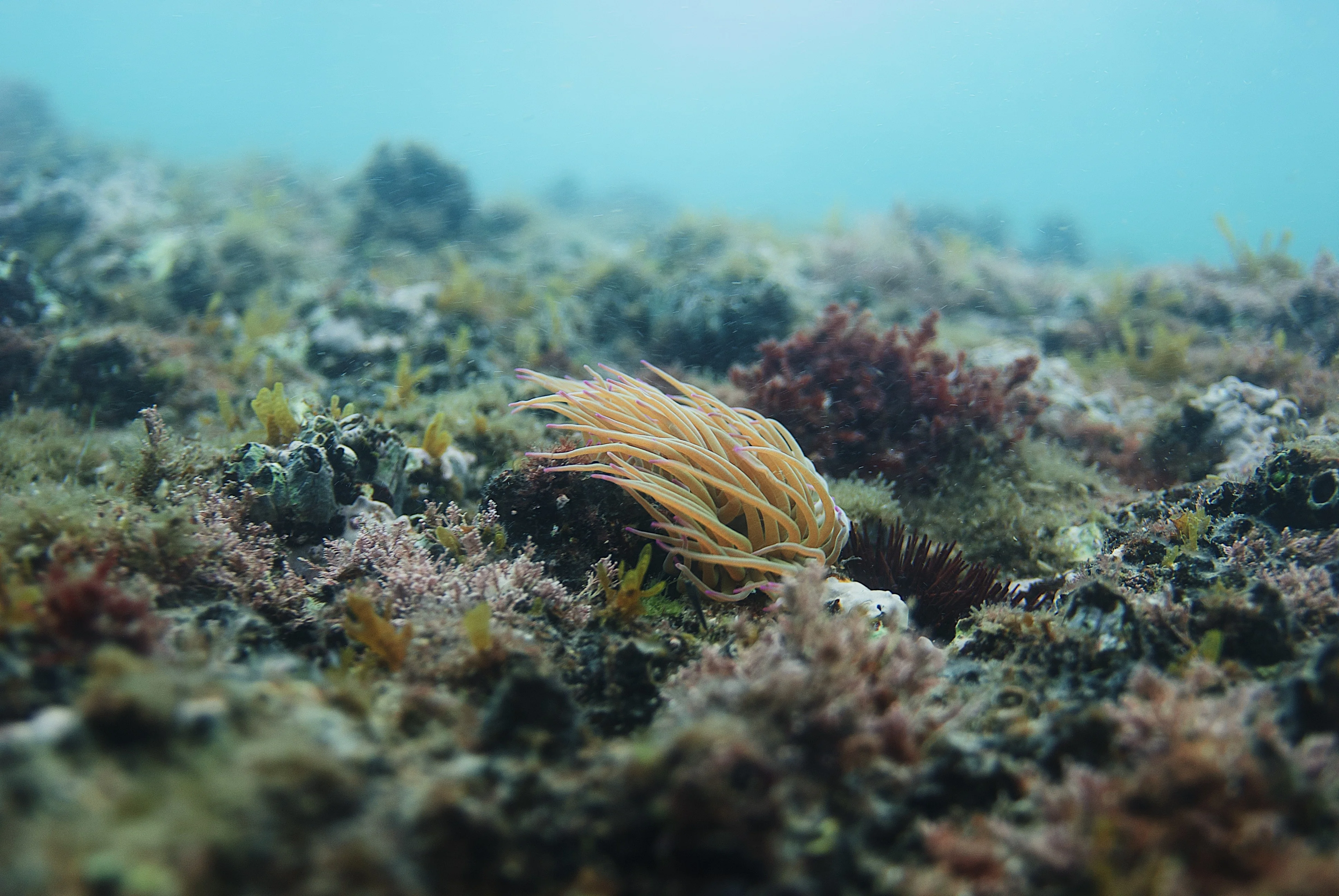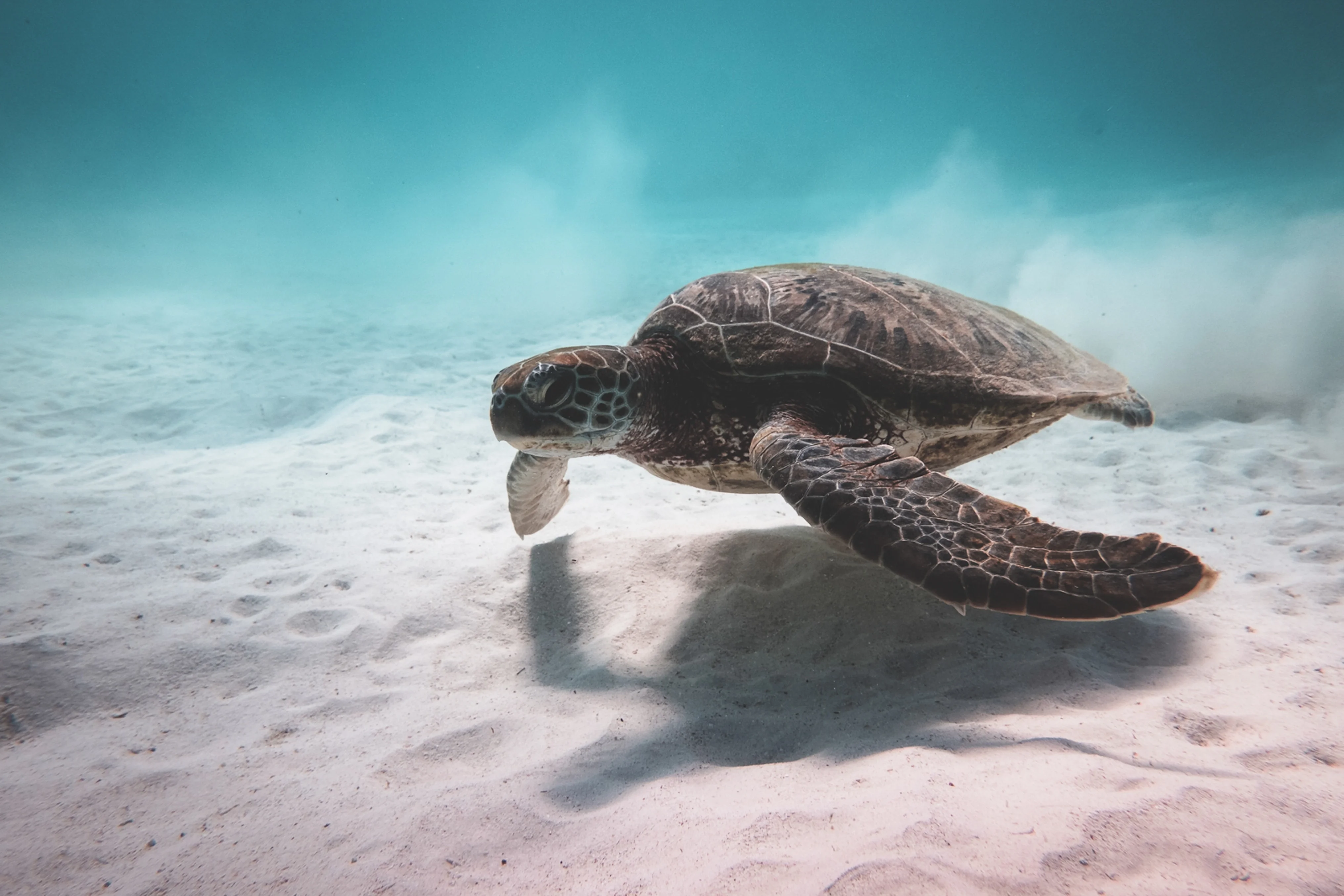Sample by My Essay Writer

Desalination plants produce fresh water from the ocean by extracting salt as a waste product, and then generally release the brine back into the seawater environment. Although they have the advantage of producing fresh water for human and agricultural consumption, they are only able to do so at the expense of surrounding marine life. What research exists on their impact on local marine environments indicates that the discharge of brine removed during the desalinization process and the resultant chemical byproducts is harmful to both plant life and local fish populations.[“Write my essay for me?” Get help here.]
High concentrations of salt in discharged brine can poison fish. As researchers at the Pacific Institute point out in their report on the use of desalination plants in California, “Typical brines contain twice as much salt as the feedwater and have a higher density” (Cooley et al., 2006). This may not sound like that large of a change in the context of an entire ocean full of salt water, but in the context of immediately surrounding aquatic environments it has a drastic ecological impact. Marine wildlife has evolved over time to survive in very specific aquatic conditions, so disturbing the balance of these ecosystems through the release of excess brine can decimate fish populations (Desal Alternatives, n.d.). This in turn has negative effects on both the local ecosystems and the human populations that rely on them. [Need an essay writing service? Find help here.]
In comparison, the release of brine is a great boon to the harmful algae blooms that already proliferate in the area around Monterey Bay in the Spring and Summer and again in the Fall. The water from the intake is likely to contain specimens of these algae, which will be concentrated in the brine and released in a localized area. In addition, the salt in the brine may cause the algae to break open, releasing toxins that can then end up in unhealthily high concentrations in shellfish populations. In addition to ruining seafood for local residents, this will also be harmful to those already endangered species of fish that feed on them (Desal Institute, n.d.).
The idea behind discharging brine back into the ocean for reabsorption is that it will naturally be diluted, presenting less of a threat to the immediate environment. However, “While this may be true for some brine components, such as salt, it does not apply to others” (Cooley et al., 2006). Because brine is denser than the waters into which it is discharged, it tends to sink and slowly spread along the ocean floor, where there is typically little wave energy to disperse it. As a result there is a noted bioaccumulation of toxic elements like heavy metals that remain concentrated around the dispersal area (Cooley et al., 2006). This leads to longer lasting effects on local aquatic populations, and encourages the above noted effect of concentrating brine containing algae and other dangerous contaminants in one area. The ecosystems most highly affected are, unfortunately, often those that are the most susceptible to damage.
Some of the most fragile ecosystems exist along coastal lines, precisely where the byproducts of desalination plants are frequently released. Many of the fish and other smaller organisms near the coast have only limited mobility, which places them in greater danger since they are unable to leave the area should conditions become unfavorable to their continued survival. Juveniles and larvae are cited as being the most at risk populations (Cooley et al., 2006). The brine being discharged can harm plant life as well, making it difficult to sustain marine habitats along the coast near these plants. In addition to brine, other high concentrations of other seawater constituents like lead, manganese, and iodine and even chemicals used throughout the desalination process may also be released into the local ecosystem, causing even more harm (Desal Alternatives, n.d.).
The chemicals used in pretreatment include chlorine and a variety of other biocides, sodium bisulfate, anti-scalants, and coagulants. This chemical cocktail is passed through a filter prior to release into the ocean. However, the rinsing of these membranes reintroduces the chemicals used in the pre-treatment process back into the brine, where it is then discharged back into the ocean (Cooley et al., 2006). As Desal Alternatives notes, “There are no mitigation measures in the EIR for the Integrated Water Plan that address the biocides, anti-scalants, and coagulants that are discharged in the brine waste in the normal operation of the plant” (n.d.). This leaves those in charge of operating procedures free to dispose of these harmful chemicals as they see fit.
The industrial soaps use to periodically clean the membranous filters is rinsed once and sent to a wastewater treatment plant, which is certainly preferable to releasing it directly back into the ocean. However, further rinses are added to the brine. Although this sounds harmless in comparison to the re-release of the chemicals used in the pre-treatment process, frequent rinsing can lead to concentrations of industrial cleaning solution that exceed sanitary system discharge permits, as has already occurred in Tampa (Cooley et al., 2006).

There are several proposed solutions to the adverse effects of brine discharge, whose use is more common inland than along the coast. One is the construction of evaporation ponds; however, this option is not economically feasible in California, where the bulk of research on the marine impact of desalination is continuing to occur. The prices of land are far too high and coastal industry is already discouraged. Injection into isolated aquifers is equally economically infeasible, although it has been proposed as an alternative. Unfortunately, despite growing evidence of its negative environmental impact, in practice ocean discharge continues to be the most common disposal methods along the coast (Cooley et al., 2006).
As if the passive effects of releasing brine and other chemical byproducts into local aquatic environments weren’t detrimental enough to marine populations, mortalities due to impingement on the screens used for water intake are also common. Fish and other aquatic creatures that are large enough to be excluded by these screens can get caught in them in a process known as impingement, while organisms small enough to pass through are killed by entrainment (Cooley et al., 2006). The advocacy group Desal Alternatives defines “entrainment” as “the mortality of smaller organisms such as plankton, fish eggs and larvae that pass through the screens and die during the pre-treatment process” (Desal Alternatives, n.d.). Little research has been done to determine the exact extent of this impact, but it’s clear from what research does exist that the habitats surrounding desalination plants suffer a loss of biodiversity and biological productivity (Desal Alternatives, n.d.).
These negative impacts can be mitigated where geological circumstances permit by burying the pipes underneath sand on the ocean floor to prevent collateral damage to marine life, but specific environmental conditions must be present in order for this option to be feasible. Other proposed methods of mitigating the damage done by impingement and entrainment involve other forms of “physical barriers, collections systems, diversion systems, and behavioral barriers” (Cooley et al., 2006). Ultimately there appears to be no way to generalize predictions about the extent of environmental impact without taking under consideration the specific circumstances of an individual plant and its operations.
Despite the growing body of evidence that desalination plants cause both direct and indirect damage to the immediate aquatic environment, little comprehensive research is being done on the subject. It is the opinion of this author as well as many contemporary oceanographers that further research on the long term effects of brine release into ocean ecosystems as well as better measures to control damage that is already being done are necessary to the safe operation of these plants.[Click Essay Writer to order your essay]
References
Cooley, Heather, Gleick, Peter H., & Wolff, Gary. (2006). Desalination, with a grain of salt: A
California perspective. Oakland, CA: Pacific Institute for Studies in Development,
Environment, and Security.
Desal Alternatives. (n.d.). “Impact on Marine Life.” Santa Cruz, CA: Santa Cruz Desal
Alternatives. Retrieved from: http://www.DesalAlternatives.org






